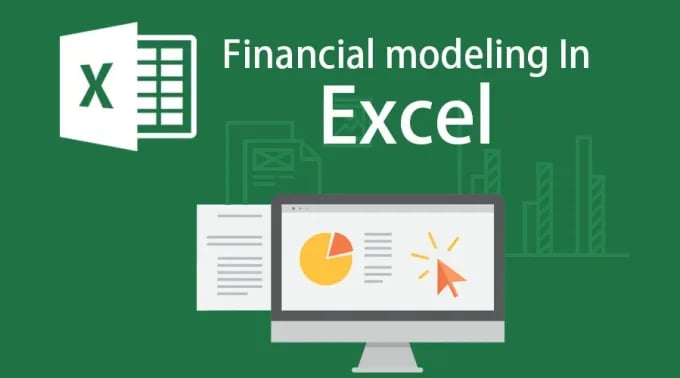
Financial Modeling In Excel


Financial modeling is a critical skill for professionals in finance, business, and strategic planning. Excel, with its powerful array of functions and tools, stands out as the go-to platform for building robust financial projections. In this article, we'll explore the key components of financial modeling in Excel and provide insights into creating accurate and comprehensive financial projections for informed decision-making.
1. Setting the Foundation:
Before delving into complex financial models, it's essential to establish a solid foundation. Identify the purpose of your financial model, whether it's for budgeting, forecasting, valuation, or strategic planning. Clearly define the scope, time horizon, and assumptions that will drive your projections.
2. Organizing Data Effectively:
A well-organized worksheet structure is crucial for a successful financial model. Separate sections for historical data, assumptions, calculations, and outputs help maintain clarity and make the model more user-friendly. Consider using different sheets or color-coding to distinguish between sections.
3. Historical Data Analysis:
Start your financial model by incorporating historical financial data. Analyze trends, growth rates, and key performance indicators to inform your assumptions and projections. Historical data provides a reference point for future projections and aids in identifying patterns and potential risks.
4. Building Assumptions:
Financial modeling heavily relies on assumptions. Clearly articulate and document your assumptions regarding revenue growth, cost structures, market trends, and any other factors influencing your financial projections. This transparency is crucial for validating the model's accuracy and reliability.
5. Revenue Projections:
Develop detailed revenue projections based on your business model. Whether using a top-down or bottom-up approach, consider factors such as market size, pricing strategy, and customer acquisition. Break down revenue streams and apply growth rates to each component, ensuring a comprehensive and realistic projection.
6. Expense Modeling:
Accurate expense modeling is essential for a holistic financial projection. Break down operating expenses, variable costs, and fixed costs. Implement dynamic formulas that adjust expenses based on revenue changes or other relevant factors. This flexibility allows for a more realistic representation of financial scenarios.
7. Cash Flow Statement:
Integrate a detailed cash flow statement into your financial model. This includes operating, investing, and financing activities. A well-structured cash flow statement ensures a comprehensive understanding of the company's liquidity and cash management.
8. Sensitivity Analysis:
Financial models should account for uncertainties and variable conditions. Implement sensitivity analysis to assess how changes in key assumptions impact the overall projections. This allows decision-makers to understand the model's sensitivity to different scenarios and make informed strategic decisions.
9. Integrating Financial Ratios:
Incorporate key financial ratios into your model to provide additional insights into the company's financial health. Ratios such as liquidity ratios, profitability ratios, and leverage ratios contribute to a more comprehensive analysis and enhance the model's predictive capabilities.
10. Scenario Planning:
Build flexibility into your financial model by incorporating scenario planning. This involves creating multiple scenarios based on different assumptions and variables. Scenario planning helps identify potential risks and opportunities, allowing for a more adaptive and strategic approach to decision-making.
Conclusion:
Financial modeling in Excel is a dynamic and iterative process that requires a combination of technical expertise, industry knowledge, and strategic thinking. Building robust financial projections provides a roadmap for businesses, guiding them through future challenges and opportunities. By mastering the art of financial modeling in Excel, professionals can enhance their ability to make informed decisions, communicate effectively with stakeholders, and contribute to the long-term success of their organizations. Whether you're a finance professional, business analyst, or entrepreneur, the skills acquired through financial modeling in Excel are invaluable in navigating the complex landscape of financial planning and analysis.
